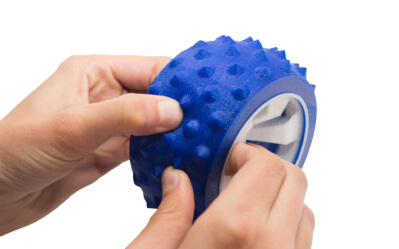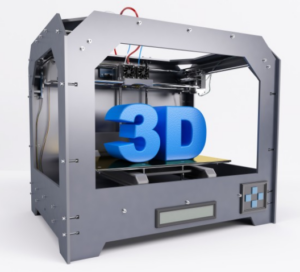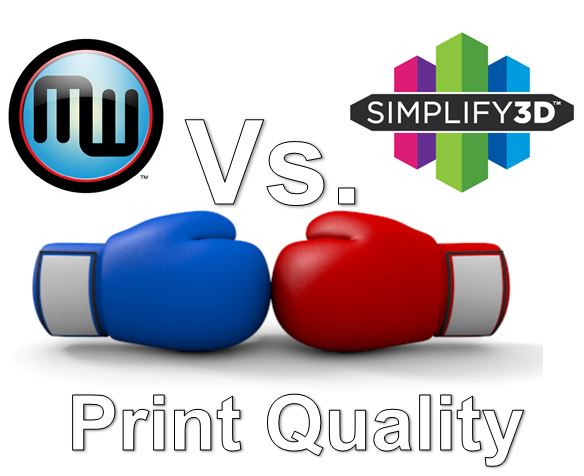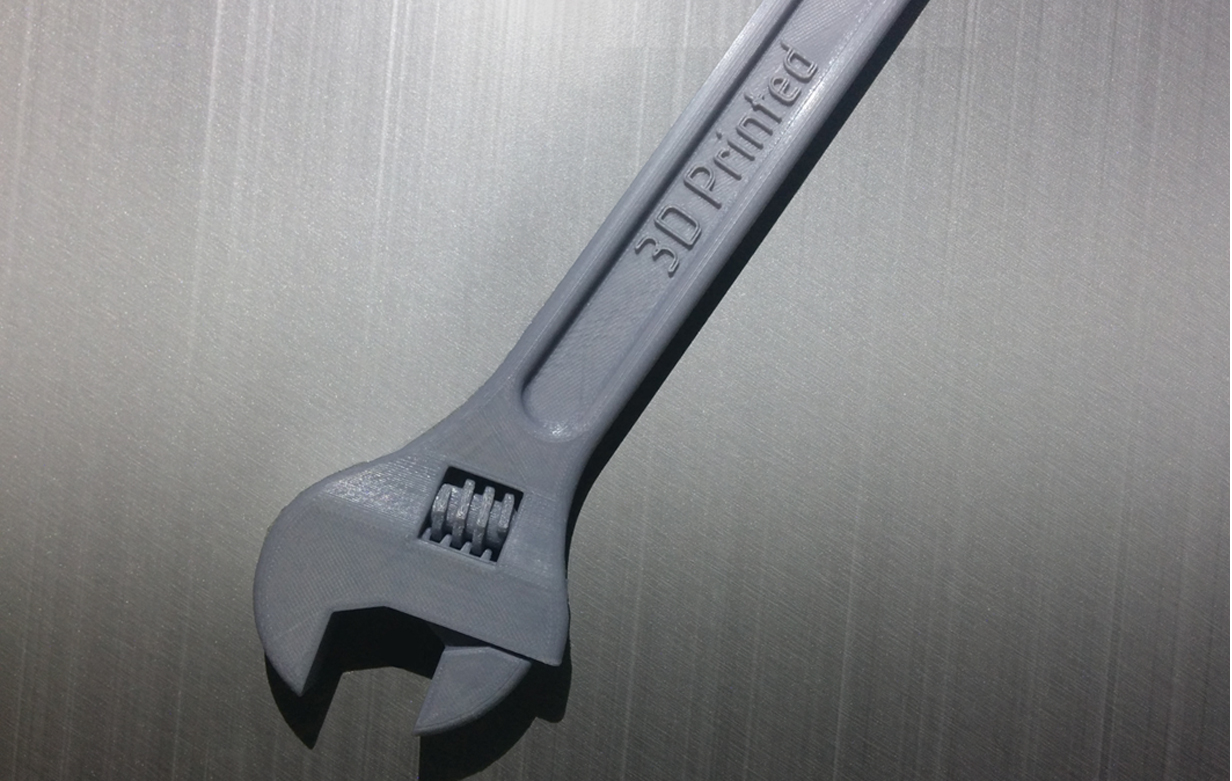TPU (Thermoplastic Polyurethane)
Brief Introduction and History: TPU, a versatile polymer with exceptional properties, has become an integral material in the realm of 3D printing. Initially developed in the 1950s, it gained traction in 3D printing due to its flexibility, durability, and impact resistance.
Material Composition: TPU is primarily composed of a combination of polyols and diisocyanates, resulting in a material with both thermoplastic and elastomeric properties.
Uses: TPU finds wide-ranging applications, including footwear, automotive parts, medical devices, and consumer electronics. In 3D printing, it is used for creating flexible and durable prototypes, wearables, and functional components.
Best Fit Use: The exceptional flexibility and durability of TPU make it an ideal choice for producing prototyping materials and functional parts that require elastic behavior and impact resistance.
Detailed Example of Specific Use 1: TPU is extensively employed in the production of custom-fit protective cases for electronic devices. Its ability to absorb shock and maintain shape under stress makes it an excellent choice for this application.
Detailed Example of Specific Use 2: TPU’s flexibility and resistance to abrasion make it a preferred material for manufacturing specialized seals and gaskets in various industries, ensuring longevity and reliability in demanding environments.
Difference Between Basic and Advanced Forms: Advanced forms of TPU may include enhanced chemical resistance, UV stability, or specialized properties that cater to specific industrial requirements, offering improved performance in demanding applications compared to its standard form.
Benefits: TPU offers exceptional durability, flexibility, and resistance to abrasion, making it an ideal choice for applications that demand these characteristics. It also allows for the production of parts with complex geometries and intricate designs.
Drawbacks: TPU can be challenging to print with due to its flexibility and tendency to warp during the printing process. Additionally, achieving optimal layer adhesion may require precise printing parameters and fine-tuning.
Overall Rating for Daily Use: TPU is highly suitable for daily use in both hobbyist and professional contexts, given its wide-ranging applications, functional properties, and the availability of advanced variants tailored to specific needs.
Future Developments: Ongoing research in TPU aims to further optimize its printability, enhance its performance in extreme conditions, and develop new blends to expand its applicability in diverse industries, promising even more versatile uses in 3D printing.







